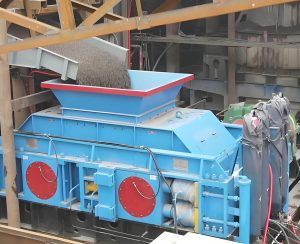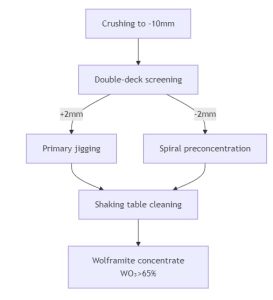Determining the copper content in mineral samples is crucial for mining, geological, and metallurgical processes. Due to its widespread distribution in the Earth’s crust, copper is not only an important element in the study of mineral resources, but also plays an indispensable role in the economy and industry. In order to accurately assess the copper content in ores, various determination methods have emerged. Each of these methods has its characteristics and applies to different contents of copper and its interfering elements. How to choose the appropriate assay method has become a focus of attention in the industry. In this article, we will discuss in detail the current copper content in rock minerals determination of several major methods, to help readers gain a deeper understanding of its principle, scope of application, advantages, and disadvantages.
Quick View of This Article
How to Determine The Copper Content?
Determining the copper content in ores can be achieved through various analytical techniques, each suitable for different types of samples and required sensitivity levels. We can choose different determination methods depending on the copper content and interfering ions in the sample. Common methods include the iodometric method, iodofluoride method, polarographic method, colorimetric method, and atomic absorption spectrophotometry(AAS). Based on the differences in copper content in various rock minerals and the characteristics and application ranges of these measurement techniques, volumetric methods are commonly used for determining high and medium copper content in samples (with the iodometric method being the most widely applied). For determining low copper content in samples, colorimetric methods are often employed (among which copper reagent colorimetric method and the dimethylglyoxime colorimetric method are frequently used) as well as the polarographic method, X-ray fluorescence method, and atomic absorption spectrophotometry. The following is an introduction to the commonly used methods for the determination of copper content.
1. Iodometric Method
The iodometric method is a classical technique for determining copper, with a broad range of applicability, making it particularly suitable for samples with high copper content and complex compositions. Therefore, the iodometric method remains one of the commonly used methods for copper measurement.
When determining copper in rock minerals via the iodometric method, it can be classified based on the different reagents used to eliminate interfering elements:
- Ammonium separation-iodometric method
- Iodofluoride method
- Sodium hexametaphosphate-iodometric method
- Sodium pyrophosphate-sodium phosphate-iodometric method
- Sodium thiosulfate-iodometric method
- Thiocyanate separation-iodometric method
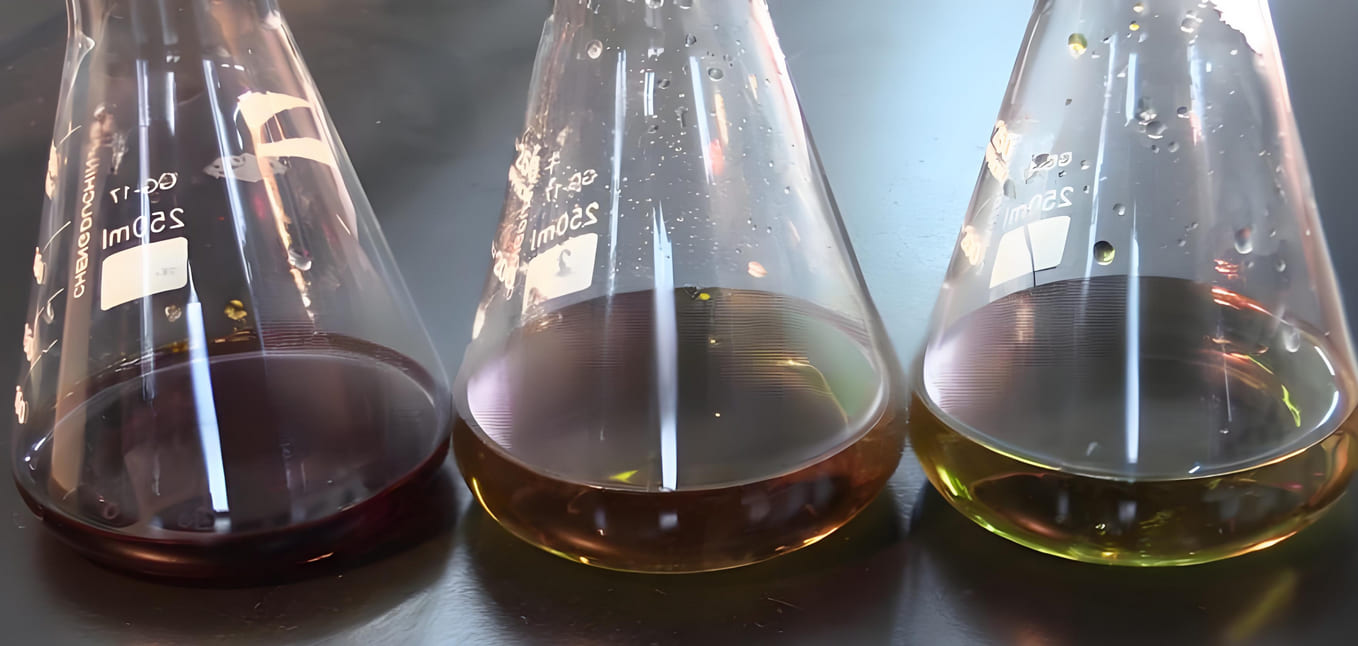
2. Iodofluoride Method
The Lodofluoride method is relatively simple and can accurately determine copper concentrations. Because of its ability to effectively measure copper concentration, the method is widely used in various industries such as mining, metallurgy, and environmental analysis.
Lodofluoride method, often referred to as iodometric titration, is a chemical analysis technique employed to measure the concentration of copper in a solution. This method involves the reaction between copper and iodide, resulting in the release of iodine. The released iodine is then titrated with a standardized sodium thiosulfate solution, using starch as an indicator. This technique is particularly beneficial for minimizing interference from other elements, such as iron(III), by incorporating fluoride.
In essence, the iodofluoride method for assessing copper content is a volumetric analysis approach based on the reaction of copper with iodine in the presence of fluoride ions. Below is a simplified overview of the process:
In this method, copper ions in solution react with iodide ions to form a complex that can be quantitatively determined through titration with a standard sodium thiosulfate (Na2S2O3) solution. The addition of fluoride ions plays a crucial role in stabilizing the iodine produced during the reaction, thereby enhancing the accuracy of the measurements.
Lodofluoride method is suitable for the determination of copper in rock ore samples with low calcium and magnesium content and containing more than 0.5% copper; for samples with high calcium and magnesium content, although this method can be used for the determination of copper, the conditions are not easy to master, at this time. It is better to use sodium hexametaphosphate-iodine method.
3. PolarographicMethods
The basic principle of polarographic determination of copper is to determine the copper content by measuring the current-voltage curve (polarogram) generated by the reduction reaction of metal ions on the electrode during electrolysis. In polarographic analysis, for the reversible electrode reaction of most reducible metal ions, their half-wave potential is characteristic of a certain reducing substance and can be qualitatively analyzed by half-wave potential. In actual work, the half-wave potential is usually used to understand the potential of the relevant substance in a certain solution system to produce polarographic waves, so as to formulate specific analysis steps and consider the interference of other coexisting substances.
The specific steps of the polarographic determination of copper include:
- Sample processing: weigh a certain amount of sample, dissolve it, and adjust the volume in a volumetric flask.
- Electrolysis process: pass the sample solution through the electrolytic cell, use the dropping mercury electrode as the working electrode, and apply a certain voltage for electrolysis.
- Record polarogram: record the current-voltage curve generated during the electrolysis process, that is, the polarogram.
- Quantitative analysis: calculate the copper content in the sample based on the characteristic peak or half-wave potential on the polarogram, combined with the calibration curve of the standard solution.
Advantages and disadvantages of polarography:
- Advantages: simple operation, low cost, suitable for trace analysis.
- Disadvantages: low sensitivity, easily interfered with by other ions in the solution, and requires complex pretreatment steps.
Polarography is a relatively simple and sensitive technique for determining copper concentrations. It can be used to analyze a wide range of samples, including water samples, natural waters, and even some biological samples. It provides a valuable tool for determining copper concentrations by measuring the current flow during the reduction of copper ions at a DME.
4. Colorimetric Methods
Colorimetric methods determine copper content by using specific reagents that react with copper ions to form colored complexes. The intensity of the color is then measured, typically with a spectrophotometer, and this measurement is correlated to the copper concentration in the sample. This allows for the quantification of copper in various materials, including water, food, and ore samples.
5. Atomic Absorption Spectrophotometry(AAS)
The atomic absorption spectrophotometry(AAS) is a method involves dissolving the ore sample in an appropriate solvent, and the solution is then analyzed using AAS to measure the absorbance at specific wavelengths corresponding to copper.
Using atomic absorption spectrophotometry to determine copper is a sensitive, straightforward, and rapid method, with absolute errors of 0.13% for 2-10% copper content and 0.03% for 0.05-2.2% copper content. It is particularly suited for measuring low copper concentrations, reaching detection limits as low as parts per million under appropriate conditions.
Due to variability in instrument models and laboratory conditions, the optimal conditions for measuring copper using atomic absorption spectrophotometry differ across laboratories.
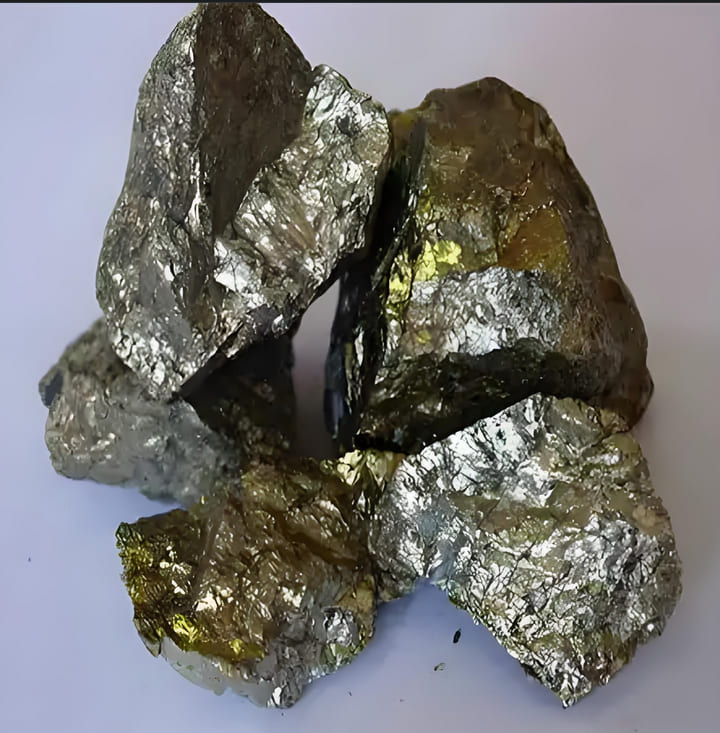
6. X-ray Fluorescence(XRF) Analysis
X-ray fluorescence analysis (XRF) is a commonly used method for determining the composition of copper and its alloys. This method uses X-rays to excite atoms in the sample, causing them to emit characteristic X-rays. By analyzing the wavelengths and intensities of these emitted X-rays, the elemental composition of the sample can be identified and quantified.
Principles of XRF for Copper Analysis
X-ray fluorescence (XRF) for copper analysis begins with the excitation of a sample containing copper, which is subjected to a beam of X-rays. This interaction causes the copper atoms to expel electrons from their inner shells. As the atoms seek to restore stability, outer electrons transition into these inner shells, resulting in the emission of characteristic X-rays with specific wavelengths. A detector then measures the intensity and wavelength of these emitted X-rays. The acquired data is subsequently analyzed to determine the presence and concentration of copper, as well as other elements within the sample.
Features of XRF for Copper Analysis
- Non-destructive: XRF analysis does not damage the sample.
- Multi-element analysis: XRF can simultaneously analyze the presence of multiple elements in the sample.
- Rapid analysis: XRF techniques, especially pXRF, can provide results in minutes or even seconds.
- Versatile: XRF can be used for a wide range of applications, from environmental monitoring to material science.
Here is the translated comparison table of different methods for determining copper content, including iodometric, iodofluoride method, polarography, colorimetry, and atomic absorption spectrophotometry:
| Analytical Method | Principle | Sensitivity | Specificity | Complexity | Interferences in Analysis | Sample Preparation | Time Required | Equipment Requirement |
|---|---|---|---|---|---|---|---|---|
| Iodometric Methods | Reaction of copper with iodine, titration to determine concentration | Medium | Poor | Relatively Simple | Other reductants may interfere | Pretreatment required to remove interferences | Moderate | Standard titration equipment |
| Iodofluoride Method | Reaction of copper with iodine in the presence of fluoride ions, titration to determine concentration | High | Fair | Moderate | Fluoride can mask interferences | Acidic dissolution treatment required | Relatively Quick | Standard titration equipment |
| Polarography | Analyzing copper by measuring current response to potential change | High | Moderate | Relatively Complex | Background current and noise can affect results | Slight sample preparation required | Relatively Quick | Polarograph |
| Colorimetry | Copper ions react with a chromogenic agent, measuring absorbance | Meidum | Fair | Simple | Other chromophores can affect results | Sample needs to react with chromogenic agent | Relatively Quick | Spectrophotometer |
| Atomic Absorption Spectrophotometry | Measuring the degree of light absorption by copper atoms at specific wavelengths | Very High | Fair | Moderate | Other metals may interfere | Sample needs to be digested | Relatively Quick | Atomic absorption spectrometer |
Notes:
- Sensitivity: Refers to the method’s ability to detect the lowest concentration of copper.
- Specificity: Indicates the selectivity of the method for the target analyte, and the extent to which interfering substances affect the results.
- Complexity: Refers to the number of operational steps and technical difficulty required to implement the method.
- Interferences in Analysis: Includes potential effects from other substances on the analytical results.
- Sample Preparation: Any preparatory work needed before analysis.
- Time Required: The time taken for measurement, with shorter times being preferred.
- Equipment Requirement: Instruments and equipment needed to perform the method.
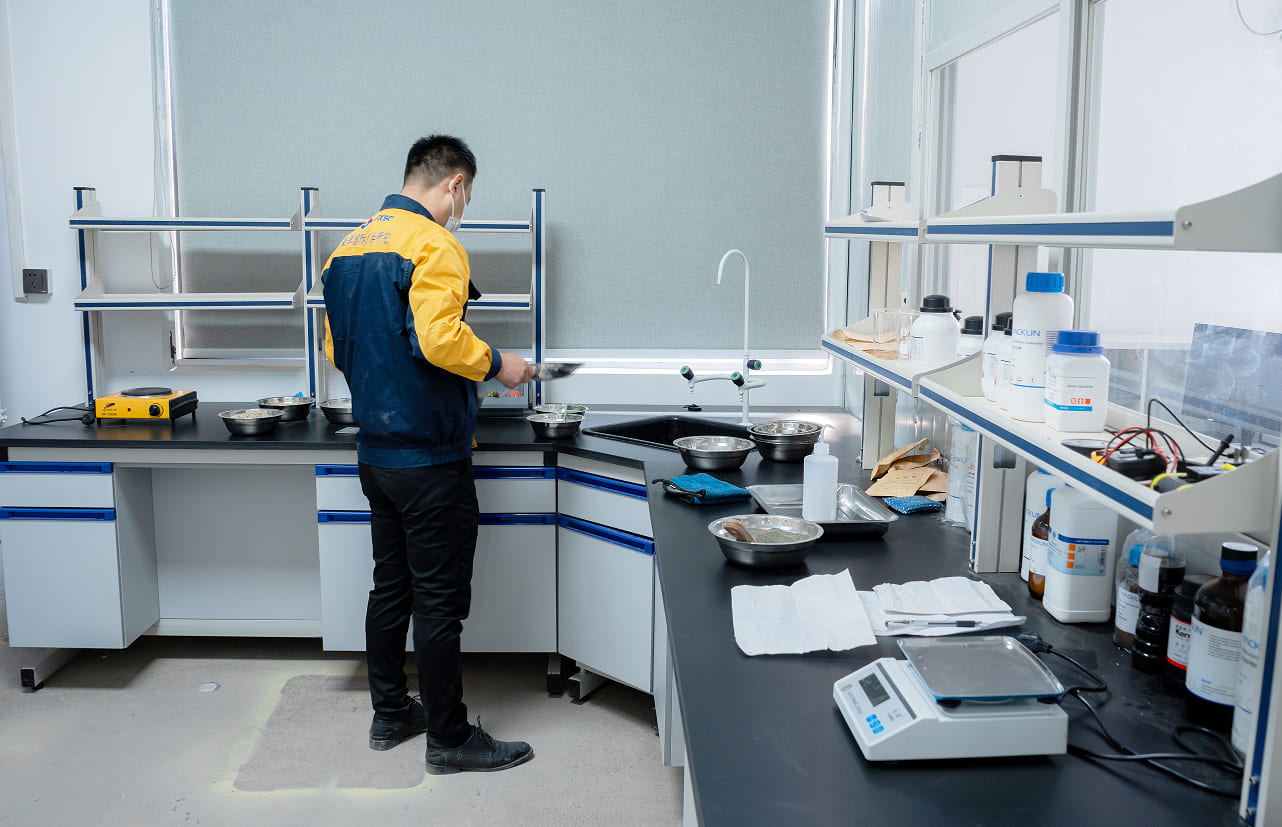
Summary
Through the above introduction of various copper determination methods, we can see the unique advantages and limitations of each method in practical application. Whether it is the classical iodometric method, the fast iodofluorimetric method, or the advanced atomic absorption spectrometry and X-ray fluorescence method, the selection of appropriate detection means and conditions are crucial to ensure the accuracy and reliability of the determination results. For researchers and industrial engineers, mastering these techniques can not only effectively guide experimental operations, but also provide important data support for the rational utilization of resources and environmental protection. With the development of technology, future copper content determination methods will be more efficient and accurate, laying a more solid foundation for us to reveal the value of rock mineral resources.
In this context, JXSC, as a manufacturer of mining machinery and a provider of ore testing services, plays a significant role by offering high-quality equipment and expertise that complement these analytical methods. With the development of technology, future copper content determination methods will be more efficient and accurate, laying a more solid foundation for us to reveal the value of rock mineral resources.

